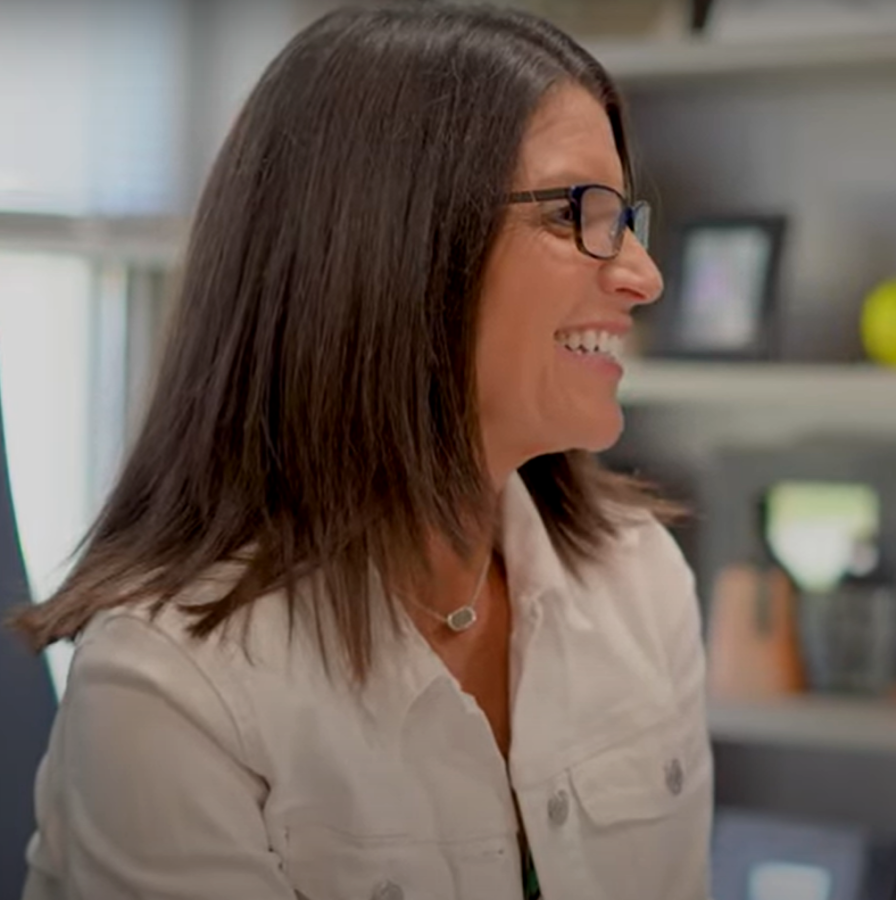Denmark Students Shaping Democracy
Tayla Smith, senior, celebrates her vote in the 2022 runoff election.
The Georgia polls were brimming with voters, chattering about campaign ads, TV commercials, and postcards that led up to that sunny November day. Most of those residents had been here before; they had gone through the drill of simply showing up and casting their ballot before watching their results from the couch in their living room. 2022 elections have arrived during a time of divide in American politics. Every election is important, affecting significant numbers of citizens, but this year’s midterm elections may tip the balance of Congress. Midterms, though less commercialized than presidential elections, are extremely important in the passage of partisan legislation, mainly affecting the futures of young voters.
Many high school seniors find the prospect of voting exciting. Finally, they are able to participate in their nation’s most important Democratic process. Young people have generally gained an interest in politics and voting since 2016 with an eleven point increase in voter participation from citizens ages 18-29. Whether the cause is rooted in the polarization of ideas or the use of social media to reach these demographics, voting has a newly charged value for American youth.
Voting at Denmark High School has become a topic of conversation as well. Students may be seen wearing pins with red and blue colors passed around by Denmark HSDA reading, “I Love Voting!” or “Vote 2022!” Government classes discuss numbers, percentages, and trends, analyze campaign tactics, and facilitate illuminating conversations. Upholding this unbiased conversation is a point of importance that has been increasingly stressed in schools. For students, discussing politics and the effects of a community’s ability to vote has greatly impacted their voting turnout.
Information has become widespread as well. Social media campaigns have expanded and become the ideal form of communication between candidates and voters. Before, young voters weren’t informed enough about candidates to make a decision.
At the polls, high school students met their first voting experience with turbulent emotions. “It was nerve-wracking,” said Taylor Cobak, a Denmark Senior, “[but] it’s actually a funny story.” She was accompanied by her father, who had voted many times before, but they were both unprepared for the never-ending line they encountered upon arriving at their first location. They would have waited, except they couldn’t even find where the line ended. Instead they hopped back in the car and searched for another site. In any other situation, they might have just driven home in their frustrations, but Taylor was eager to cast her ballot.
When asked about the importance of youth voting, Taylor replies “We’re young, you know,” she had said, “We’re the next generation.” The increase seen in recent years is bred from this sentiment. Historically, voting turnout for citizens 18-24 has been low. The lack of interest and participation did not allow for the reflection of progressive youth movements in American government. Changes in technology, economy, and ideology have created an ambitious and innovative generation that knows the weight of their beliefs.
The counting of votes in Georgia showing a close to even split between the two parties has resulted in a runoff election. Though the election will not determine who gains control of the Senate, the significance of the situation itself is significant. A shift has occurred in recent years, culminating into historical voting results. The runoff election, taking place on December 6, is another example of Georgia’s changing ideology and the expanding participation among youth and minority populations. Voting, even if it’s on a small scale in local elections, can reshape a community.

I love reading and writing—how words move and connect and especially how they make me feel; that’s one of the reasons I love being a part of the Unleashed...






































